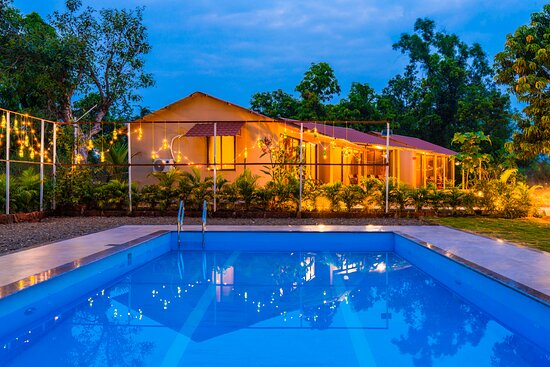BY: THE PLAID ZEBRA
From the depths of the Grand Canyon, across the Caribbean Sea to Colombia’s transformative rivers, to the other side of the world in the valleys of China—the Earth is a colourful place. These places are not just vibrant, exciting, breathtaking and beautiful, but they are natural wonders: a gift to the world from itself.
Seven Coloured Earths – Chamarel, Mauritius
Located on a small area of landscape, burrowed in a large, dense forest, the Seven Coloured Earths are sand dunes of distinct colours. The dunes were created through the gradual conversion of basaltic lava into clay minerals. The colours are a result of various cooling temperatures of the rock. The name of this natural wonder comes from the seven different colours of the dunes: red, brown, violet, green, blue, purple, and yellow.
Cano Cristales – Meta, Columbia
Also known as the “River of Five Colours” or the “Liquid Rainbow”, this river is actually no different from any other river for the majority of the year. For nine months the river remains cool, clear, and covered in moss, but in the weeks between September and November, the river transforms. The water level drops enough for the sun to warm the moss and the algae, allowing the plants to bloom and transform the river’s colour. The river contains shades of yellow, green, blue, black and red. The vibrant red is a result of the unique plant, Macarenia clavigera, which grows on the river’s bed.
Grand Prismatic Spring – Yellowstone National Park, Wyoming
The largest hot spring in the U.S. and the 3rd largest in the world, the Grand Prismatic Spring radiates extremely hot water from its centre and produces vibrant colours. Hot springs form when heated water emerges through cracks in the earth’s surface. Water flows unobstructed, creating a continuous cycle of hot water rising, cooling, and falling. Since the spring is so large, rings of various temperatures are created—hot in the centre, and then cooler as it spreads out. Within the rings there are living organisms that react differently to each temperature level, and give each specific ring a unique colour.
Fly Geyser – Washoe County, Nevada
Accessible only by a small dirt road, this natural wonder is not entirely natural, but instead was accidentally created by well drilling. The well was not capped correctly and hot water rose up through the cracks to the ground’s surface, where dissolved minerals began to accumulate, creating the mound on which the geyser sits and continues to grow. The rainbow-like colours are caused by thermophilic algae, which thrive at high temperatures. Water is constantly released from the geyser and shoots five feet in the air, creating a spectacular water show.
Five Flower Lake – Jiuzhaigou Valley, China
This shallow lake is one of 108 multicoloured lakes in the Jiuzhaigou National Park. The lake glistens with different shades of turquoise, and the floor is littered with fallen trees. According to legend, the lakes of Jiuzhaigou were created after an ancient Goddess dropped a mirror that her lover had given her, smashing it into 108 pieces. In reality, the water is coloured by mineral deposits and aquatic plant life.
Havasu Falls – Grand Canyon, Arizona
Hiking the Grand Canyon’s Havasupai trail will lead you right to spectacular views of this vibrant waterfall. The water is a deep turquoise, which is the result of high magnesium and calcium carbonate concentrations. The minerals are also responsible for creating travertine (a form of limestone) deposits, which encase the waterfall. The canyon is also home to many lush green trees, making this a very colourful spot.
Danakil Depression – Northern Ethiopia
Making up the northern tip of the Afar Triangle, a geographical depression resulting from three tectonic plates in the Horn of Africa, the Danakil Depression is one of the hottest and lowest-lying places on Earth. Because of the heat and the lack of rain, sulfur and salt deposits have formed, which are bright yellow and green in colour.
Sources: istockphoto.com, dailymail.co.uk, novini.bg










